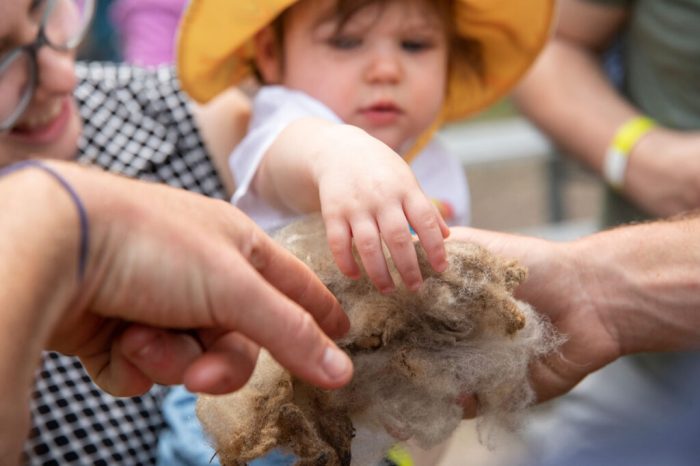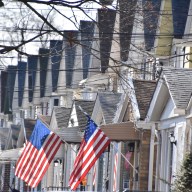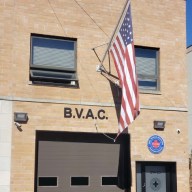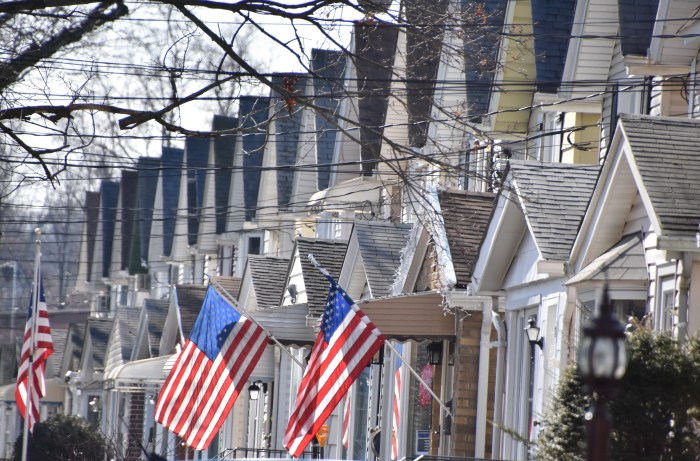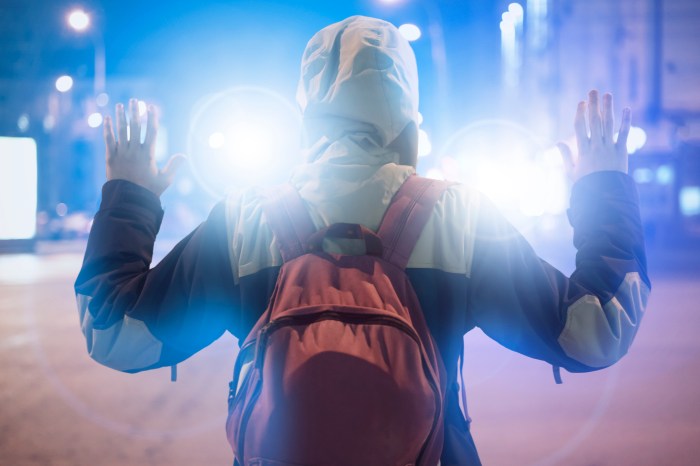By Michael Givant
On Aug. 25, the Jamaica Bay Wildlife Refuge hosted the seventh annual Shorebird Festival. At 8:30 a.m., a large number of serious birders and a group of expert leaders made their way to the mud flats around the refuge’s East Pond to see migrating shorebirds.
“Peep” is an all-purpose term used to designate small, difficult to identify shorebirds. Today I hope to learn how to identify some of them that I’m not used to seeing.
Our first “peep” is a semipalmated sandpiper standing erect in the water, preening itself. The 6.25-inch bird has dark legs and a dark bill but no other characteristics jump out at me. The lesser yellowlegs, our next bird, is so named for its bright yellow legs and is larger at 10.5 inches. This slender sandpiper is regal.
Four least sandpipers fly in. At 6 inches, they are the smallest North American sandpipers. The least has yellowish legs, which is one way to tell the difference between it and the similar-sized semipalmated sandpiper.
Two Forster’s terns with slender, bent-back wings are flying. One goes into the still-as-glass water after a fish. Then there’s a mystery glossy ibis. It has an overall gray color and I note three to four white oval spots on its neck. This bird should be an iridescent brick red. One of the leaders says it is a juvenile glossy. A few days later at home I discover in a reference guide that it’s a first autumn glossy. Nifty.
I get a few pictures of it as another bird is calling loudly from some nearby cattails. It’s Jamaica Bay mood music.
In the afternoon at the north end of the pond there’s a refreshing breeze offsetting the day’s humidity. A yellowlegs flies in and Kevin Karlson, a major trip leader who is one of three authors of a shorebird field guide, identifies it as a beautiful juvenile greater yellowlegs.
From a mud flat we see 75 black-bellied plovers in the water with their black summer bellies visible. They are striking! I see them in the winter in Florida in dull winter plumage when their bellies are white. Now they suddenly fly and it’s like seeing a National Geographic special.
Here and there small groups of “peeps” are feeding, which I think are semipalmated sandpipers and least sandpipers. It’s hard to tell the difference, as their legs are in the water.
One of the leaders has identified a stilt sandpiper and is explaining its characteristics as the other trip leaders have been doing. I see it through a scope, note three characteristics and discuss them with him. This isn’t just seeing birds — it’s a learning experience. I’ve never seen this bird before but think I could identify it in a week or two when I come back. Momentarily, I just look around at the mud flats, hear the sounds of crying birds and savor the moment.
The day’s last event is a workshop where Karlson lays out point by point his approach to birding, which heavily focuses on looking at birds’ shapes, sizes and structures. It’s an approach I don’t use enough of in my own birding and will try to incorporate more during the fall migration season.
Driving home, some of the day’s highlights float in and out my mind’s eye. I feel tired, satisfied and, later, after a cold drink and a shower, I’ll feel even better.
Tonight I should be seeing “peeps” in my dreams.







